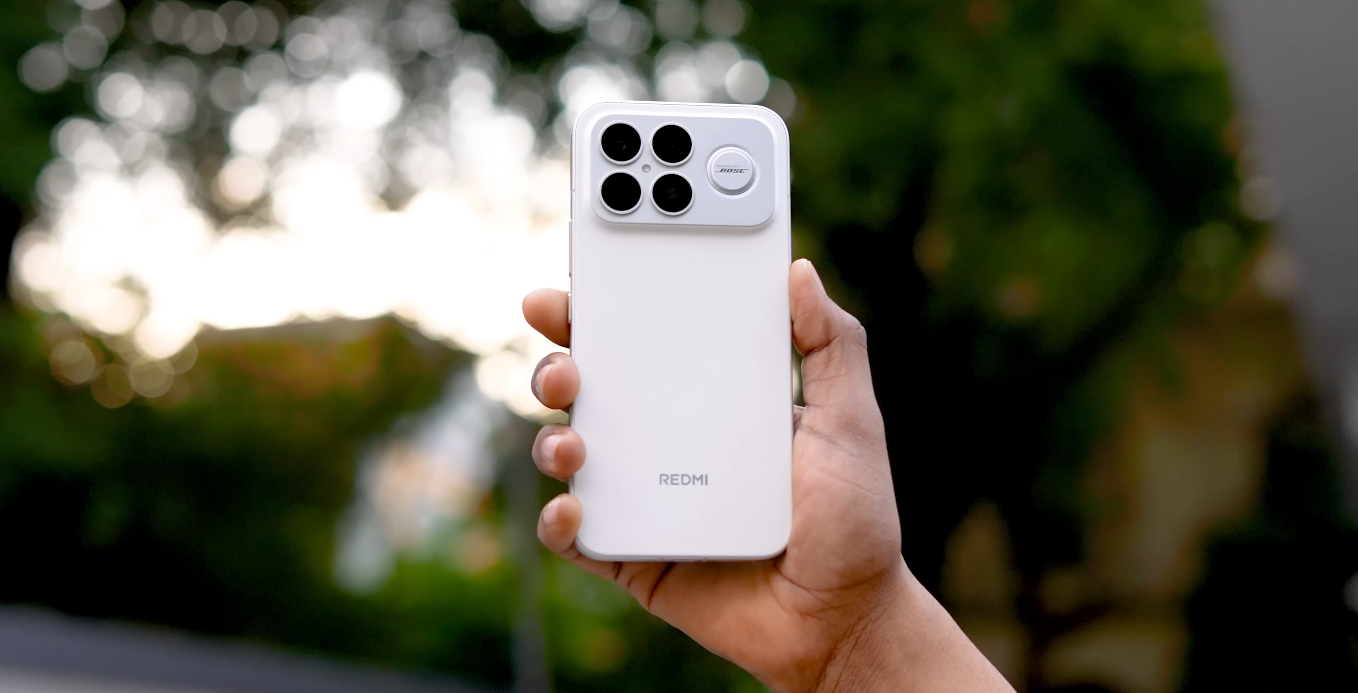Redmi K90 Pro Max storage expansion: how many GB will you need for 2025?

Picking the right storage size for long-term use
The Redmi K90 Pro Max has arrived as one of Xiaomi’s most feature-packed flagships, offering configurations up to a massive 1TB of internal storage. But with no microSD card slot available, the version you choose now will determine how much space you’ll have for years to come. As apps, photos, and videos keep getting larger in 2025, selecting the right storage capacity has never been more important for UK buyers.
The base variant of the Redmi K90 Pro Max comes with 256GB of UFS 4.0 storage, paired with 12GB of RAM. This configuration is ideal for moderate users who rely heavily on streaming services, cloud storage, and online content. If your phone use is limited to social media, messaging, and occasional photography, 256GB should handle your daily needs comfortably.
However, 2025’s mobile apps and media files are far larger than they used to be. High-resolution games like Genshin Impact or Call of Duty Mobile can take up more than 20GB each, while 4K video recordings from the K90 Pro Max’s 50MP cameras can consume several gigabytes in minutes. For users who love capturing memories or downloading large files, the 512GB option offers a much safer balance between cost and capacity.

The 512GB variant provides ample space for gaming libraries, offline music, 4K videos, and system updates without worrying about frequent storage management. It’s the sweet spot for most UK buyers — giving enough room for future growth while still keeping the price below many competing flagships that start at much higher rates.
For creators, professionals, or those who simply never want to think about storage limits, the 1TB version is the best long-term investment. With it, you can store extensive photo collections, 8K videos, RAW images, and large editing files directly on the device. This variant also helps maintain consistent performance, since flash storage slows slightly when nearly full. The extra capacity ensures smooth operation even years down the line.
Xiaomi’s use of UFS 4.0 technology also means read and write speeds are significantly faster than in older Redmi models. This improves file transfers, app loading times, and overall system responsiveness. However, because the Redmi K90 Pro Max does not support external expansion, users can’t upgrade storage later — making the initial choice crucial.
Another factor to consider is the longevity of the phone. Xiaomi has promised four major Android updates and five years of security patches for the K90 Pro Max, meaning you could realistically use the phone until the end of the decade. If you plan to keep it that long, opting for at least 512GB ensures that your device won’t run out of space as file sizes continue to grow.
For UK users who travel frequently or rely on offline storage due to limited mobile data, higher storage is especially valuable. With 5G and 4K video streaming now common, caching and downloads can easily fill smaller capacities in months. Having extra headroom keeps the experience hassle-free and future-ready.
In conclusion, the Redmi K90 Pro Max’s lack of expandable storage makes the decision between 256GB, 512GB, and 1TB more important than ever. The 256GB variant suits casual users, 512GB offers the ideal balance for most, and 1TB caters to power users and professionals. In 2025, with growing app sizes and media demands, investing in extra storage today ensures your phone stays fast, capable, and future-proof for years ahead.





